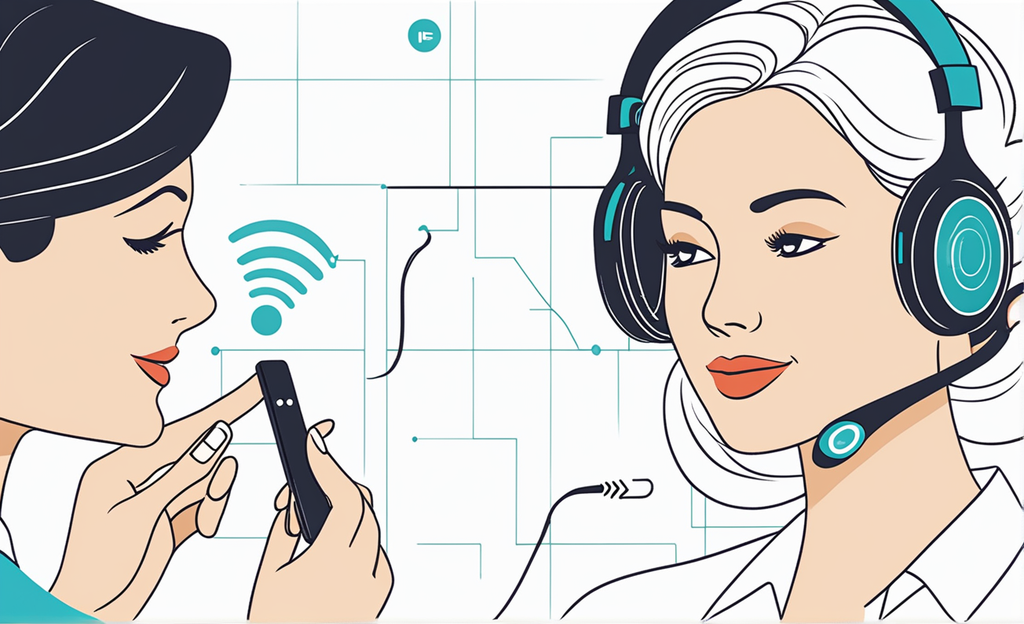What are some new technology for deafness?
Emerging Technologies for Deafness: Enhancing Communication and Accessibility
1. Artificial intelligence (AI)-powered sign language translation
AI-powered sign language translation systems are being developed that can automatically translate sign language into spoken language and vice versa. This technology has the potential to break down communication barriers between deaf and hearing people.
2. Augmented reality (AR) and virtual reality (VR) for hearing rehabilitation
AR and VR are being used to develop new and innovative hearing rehabilitation programs. For example, AR can be used to overlay captions on real-world objects, while VR can be used to create immersive environments for practicing listening skills.
3. Brain-computer interfaces (BCIs) for hearing restoration
BCIs are being developed that could allow deaf people to hear directly through their brains. This technology is still in its early stages of development, but it has the potential to provide a new way for deaf people to perceive sound.
4. Wearable devices for hearing enhancement
Wearable devices such as smart glasses and earbuds are being developed that can provide real-time hearing enhancement. These devices can use AI to filter out background noise and amplify speech, making it easier for deaf people to hear in noisy environments.
5. Smartphone-based hearing aids
Smartphone-based hearing aids are being developed that can provide affordable and accessible hearing solutions. These hearing aids use the smartphone’s microphone and speaker to amplify sound, and they can be customized to meet the individual needs of the user.
6. Gene therapy for hearing loss
Researchers are exploring the use of gene therapy to restore hearing in people with genetic forms of hearing loss. This involves using viruses to deliver corrective genes to the inner ear.
7. Regenerative medicine for hearing loss
Regenerative medicine is being used to develop new therapies that can repair or replace damaged hair cells in the inner ear. This could potentially restore hearing in people with hearing loss caused by noise exposure, aging, or certain medications.
8. Optogenetics for hearing loss
Optogenetics is a technique that uses light to control nerve cells. Researchers are investigating the use of optogenetics to stimulate the auditory nerve in people with hearing loss.
9. Nanotechnology for hearing loss
Nanotechnology is being used to develop new hearing aids and cochlear implants that are smaller, more powerful, and more energy-efficient.
10. 3D printing for hearing loss
3D printing is being used to create custom-made ear molds and hearing aids that are designed to fit the unique anatomy of each individual user.
These emerging technologies have the potential to revolutionize the way that hearing loss is treated. As they continue to develop, they offer hope for a future where everyone has the opportunity to hear the world around them.
